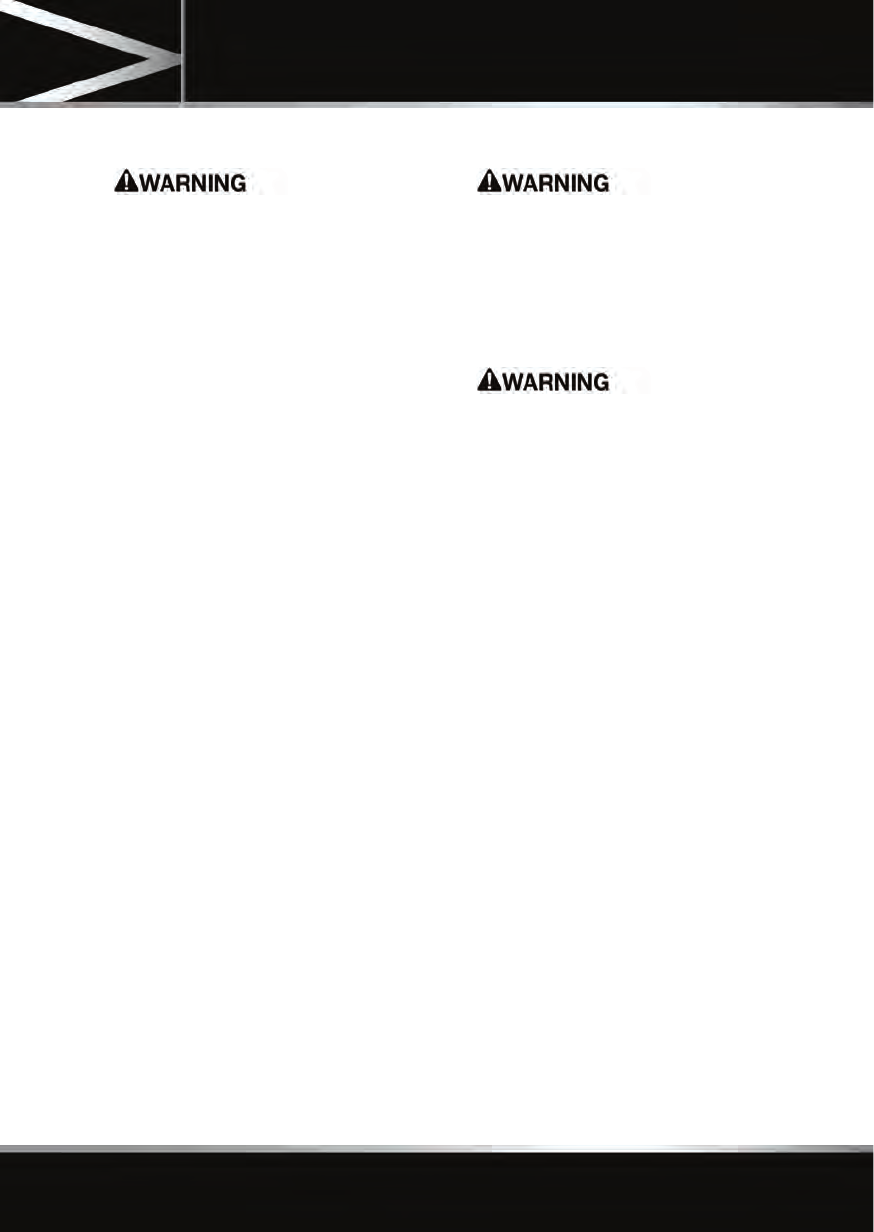
R
(FM8) SEMCON JLR OWNER GUIDE VER 1.00 NAS
LANGUAGE: english-NAS-en; MARQUE: jaguar; MODEL: XJ
Tires
179
CHECKING THE TIRE PRESSURES
All tire pressures, including the spare,
should be checked regularly using an
accurate pressure gauge, when the tires are
cold. Failure to properly maintain your tire
pressures could increase the risk of tire
failure, resulting in a loss of vehicle control
and potential personal injury.
Check the tires, including the spare, for
condition and pressure on a weekly basis and
before long journeys.
If tire pressures are checked while the vehicle
is inside a protected covered area, e.g. a
garage, and subsequently driven in lower
outdoor temperatures, tire under-inflation
could occur.
A slight pressure loss occurs naturally with
time. If this exceeds 2 psi (0.14 bar, 14 kPa,)
per week, have the cause investigated and
rectified by qualified assistance.
If it is necessary to check tire pressures when
the tires are warm, you should expect the
pressures to have increased by up to 4 - 6 psi
(0.3 - 0.4 bar, 30 - 40 kpa). Do not reduce the
tire pressures to the cold inflation pressure
under these circumstances. Allow the tires to
cool fully before adjusting the pressures.
TIRE VALVES
Keep the valve caps screwed down firmly to
prevent water or dirt entering the valve. Check
the valves for leaks when checking the tire
pressures.
PUNCTURED TIRES
Do not drive the vehicle with a punctured tire.
Even if the punctured tire has not deflated, it
is unsafe to use, as the tire may deflate
suddenly at any time, potentially resulting in
loss of control and an accident.
REPLACEMENT TIRES
Always fit replacement tires of the same
type, and wherever possible of the same
make and tread pattern.
If the use of tires not recommended by Jaguar
is unavoidable, ensure that you read, and
fully comply with, the tire manufacturers
instructions. Failure to do so may lead to tire
failure due to incorrect fitment or use.
Ideally, tires should be replaced in sets of 4. If
this is not possible, replace the tires in pairs
(front or rear). When tires are replaced, the
wheels should always be re-balanced and
alignment checked.
The correct tire specification for your vehicle
can be found on the tire placard label.
PRESSURE COMPENSATION FOR
AMBIENT TEMPERATURE CHANGES
A colder ambient local temperature will reduce
pressure within the tire. An effect is to decrease
sidewall height and to increase tire shoulder
wear with the potential for tire failure. Vehicle
dynamics could also be adversely affected.
Tire pressures can be adjusted to compensate
before the start of the journey. Alternatively,
tire pressures can be adjusted when the area of
lower ambient temperature is reached.
In this situation, the vehicle must be left in the
ambient local temperature for a least one hour
before tire pressure is adjusted.


















